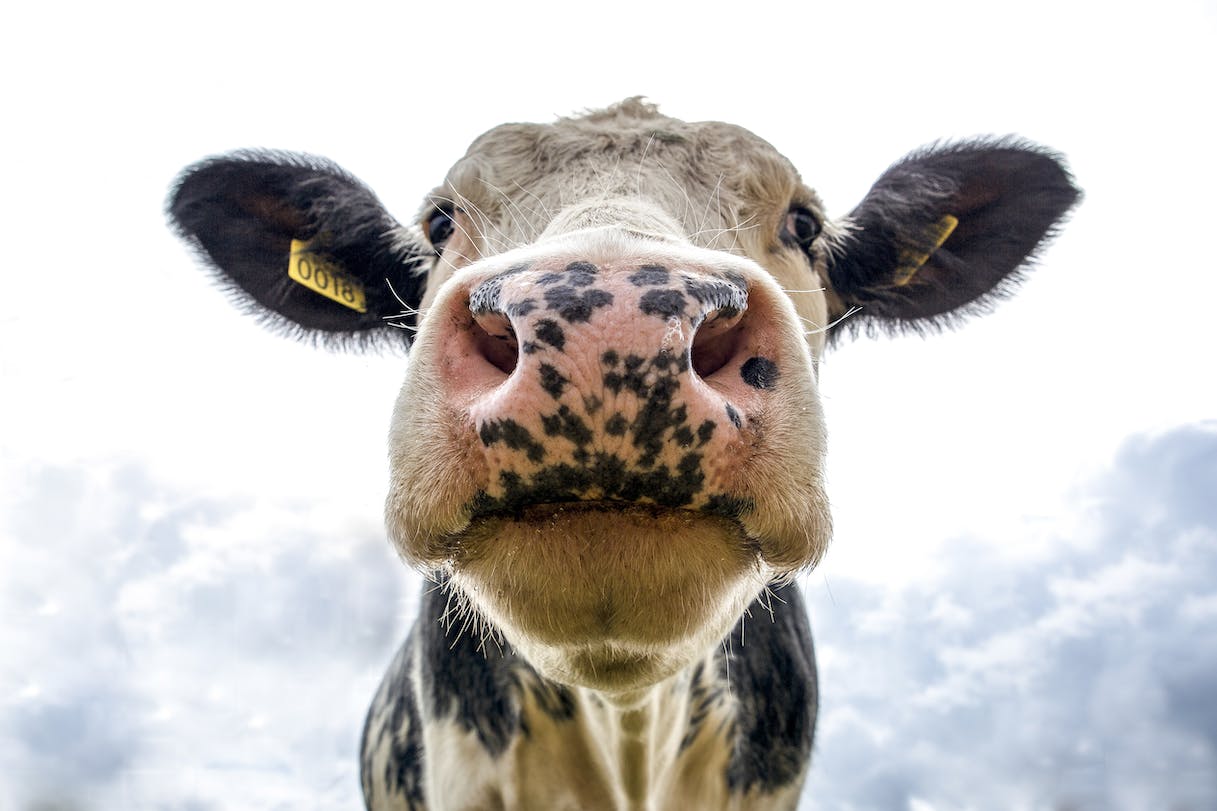Holes, History, and Flavor Of Swiss Cheese

Have you ever wondered why Swiss cheese, beloved for its distinctive flavor and character, sports those iconic holes?
Swiss cheese’s journey begins with milk and a trio of bacteria: Streptococcus thermophilus, Lactobacillus helveticus, and Propionibacterium shermanii. Each plays a pivotal role in transforming ordinary milk into the Swiss cheese we savor. The first two bacteria types kick off the process by generating lactic acid. Propionibacterium shermanii then steps in, feeding on this lactic acid.
The real magic happens with Propionibacterium shermanii. As it consumes lactic acid, it produces acetate, propionic acid, and, crucially, carbon dioxide. This carbon dioxide forms bubbles within the cheese. Instead of being pressed out, these bubbles are left to create Swiss cheese’s hallmark holes. Historically, these holes were seen as flaws, with cheese makers striving to produce solid blocks without them. However, this characteristic is now celebrated as part of Swiss cheese’s unique charm.

In the United States, the size of Swiss cheese holes is a matter of regulation. This has sparked debate among cheese connoisseurs and makers, especially those in Switzerland, where cheese making is often less industrialized and more artisanal. The U.S. regulations, influenced by commercial producers, dictate that Grade A Swiss cheese must have holes no larger than 3/8 of an inch. This size standardization primarily arose from practical concerns: larger holes were causing issues with mechanical slicers in commercial cheese production.
The controversy isn’t just about aesthetics; it also touches on the very essence of the cheese. Adjusting the curing time, acidity, and temperature to control hole size inevitably alters the cheese’s flavor and texture. Critics argue that these American regulations lead to a product that’s inferior in taste compared to its Swiss counterpart. It’s a classic case of practicality versus authenticity, with Swiss cheese sitting deliciously in the middle.
Cheezy Facts
- If you’re a cheese aficionado, you’ll want to know about Emmental, the true Swiss cheese. Unlike the North American variant, Emmental is typically aged over 100 days, often in small village dairies rather than large factories. This longer aging process and artisanal approach result in a cheese with a softer texture, larger holes, and a richer flavor. Next time you’re cheese shopping, consider trying Emmental to experience a taste closer to the original Swiss tradition.
- Emmental isn’t just a type of cheese; it’s a piece of Swiss history. Named after the Emme valley in the canton of Bern, this cheese has a legacy that spans continents. Today, you can find it being lovingly produced not just in Switzerland, but also in France, Bavaria, and Finland. As you savor a slice of Emmental, you’re not just enjoying cheese, but also a piece of European culinary heritage.
- You’ll likely encounter two popular types of Swiss cheese in the U.S.Baby Swiss and Lacy Swiss. Both are known for their mild flavor, a result of the manufacturing process designed to ensure smaller holes for that Grade A stamp. The key difference? Baby Swiss is made from whole milk, offering a creamier taste, while Lacy Swiss is crafted from low-fat milk, for those preferring a lighter option. Choose according to your taste preference and dietary needs.
- Did you know that Ohio is a powerhouse in Swiss cheese production in the U.S.? Producing over 64 million pounds of Swiss cheese annually, it leads the country in this dairy delight. Whether you’re an Ohioan or simply a cheese lover, this fact might inspire you to explore the diverse range of Swiss cheeses available, each with its unique flavor profile and texture, shaped by its place of origin and production methods.
- While Emmental is the most recognized, Swiss cheese encompasses a variety of types including Gruyère, Appenzeller, and Raclette, each with its unique flavor profile and textural characteristics. The origins of Swiss cheese date back to the Middle Ages. It was initially made
- in monasteries and later in rural dairies, becoming a staple in the Swiss diet and economy.
- Swiss cheese’s aging process can vary significantly, from a few months to several years. The aging environment, including temperature and humidity, plays a crucial role in developing the cheese’s flavor and texture.
- Swiss cheese is a good source of protein and calcium. It’s also lower in lactose compared to other cheeses, making it a suitable option for people with mild lactose intolerance.
- Salt plays a critical role in Swiss cheese production. It’s not just a flavor enhancer but also acts as a preservative and influences the activity of the bacteria responsible for creating the holes.
- In Swiss culture, cheese is often paired with wine. The nutty and slightly sweet flavor of Swiss cheese complements the crisp acidity of white wines like Chardonnay and Riesling, as well as lighter reds like Pinot Noir.
- In Switzerland, certain types of Swiss cheese have Protected Geographical Indication (PGI) status. This means they must be produced in specific regions using traditional methods to bear the name.
- In Switzerland, cheese plays a significant role in cultural events and traditions, including being the centerpiece in dishes like fondue and raclette, which are popular in Swiss cuisine.
- Swiss cheese is a significant export product for Switzerland. The high standards of quality and the prestige of Swiss dairy products contribute to its popularity worldwide.
- Swiss cheese production, particularly in small-scale and traditional dairies, often emphasizes sustainability and environmentally friendly practices, including the use of locally sourced milk and natural cheese-making processes.
Recent research reveals that hay dust particles from dairy barns play a key role in creating these holes. When hay dust finds its way into the milk during traditional cheese-making processes, it leads to the formation of these characteristic holes. But here’s the catch: as modern processing techniques become more refined and exclude hay from the mix, Swiss cheese holes have been getting smaller. It’s a striking example of how even tiny environmental elements can significantly impact our food.
Is Swiss Cheese A Healthier Choice?
When it comes to health benefits, Swiss cheese stands out. Rich in calcium and phosphorus, it surpasses other cheeses like Provolone or Cheddar in these essential nutrients. Just one slice of Swiss cheese can provide about 20% of your daily calcium needs. Moreover, calcium from dairy sources like Swiss cheese is absorbed more efficiently by your body compared to calcium from most plant-based foods. This makes Swiss cheese not just a flavorful addition to your diet but also a nutritious one.
Swiss Cheese vs. Cheddar Cheese
While both Swiss and cheddar cheeses are beloved in different culinary circles, they have distinct characteristics. Swiss cheese, known for its holes, offers a milder flavor and a semi-soft texture. In contrast, cheddar cheese lacks these holes and comes with a more solid appearance. The texture of cheddar varies with age – it’s smooth and slightly creamy when young, but becomes drier and more crumbly as it ages. This difference in texture and taste profiles means Swiss cheese and cheddar can bring unique qualities to various dishes, from melting beautifully in a fondue to adding a sharp accent to a cheese platter.
In this fascinating intersection of biology, culinary art, and regulatory policy, Swiss cheese stands as a testament to both tradition and innovation. While regulations and manufacturing practices may vary, the joy of enjoying a slice of Swiss cheese—holes and all—remains universal. Next time you savor this cheese, remember that those holes are not just a quirky feature but a result of a fascinating microbial process and a story of global culinary culture.



